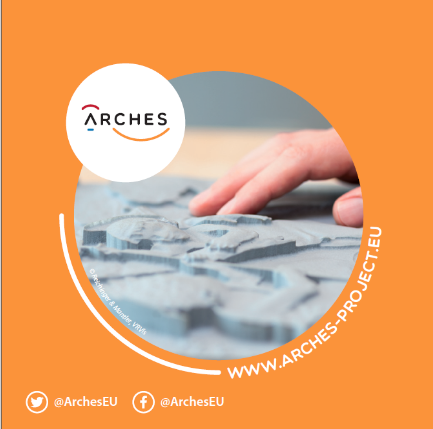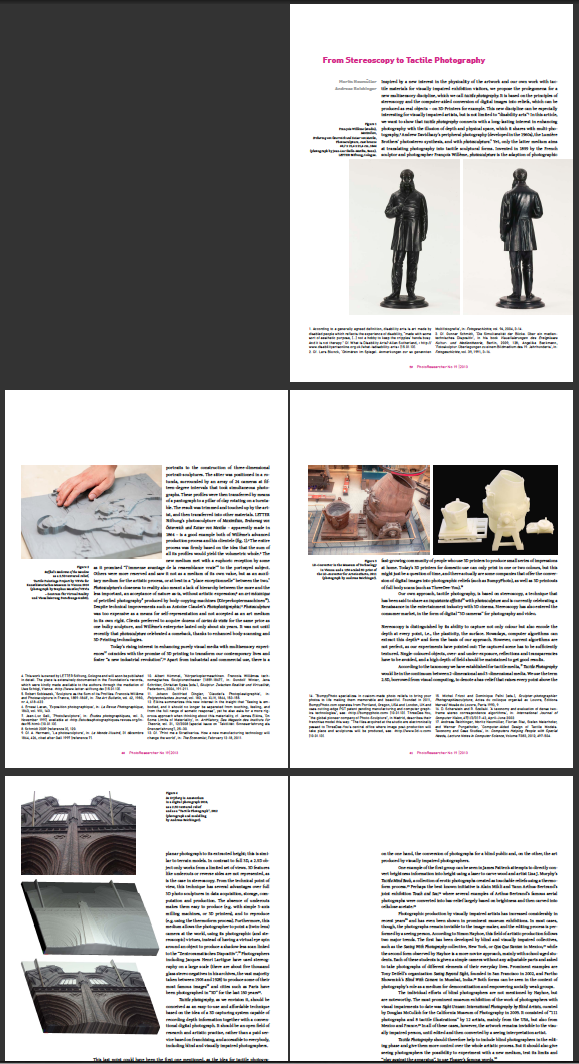‘The visit to the museum should be a moment of learning, of discovery.’ (Eduardo, Madrid Exploration Group)
The aim of the ARCHES project was to work towards a museum for all. The consortium partners and participants wanted to challenge perceptions of inclusion and exclusion, moving beyond the notion of disability categories and working instead with people’s access preferences.
In this video, our British Sign Language avatar explains how ARCHES works. You can also see a more detailed version of this video and download the spoken text and a short description as a word document. The photographs in the video are by Sabine Gruber, one of the participants of the ARCHES research group in Vienna.
The results of our 3 year project are guidelines and publications, apps, multisensory materials, and games.
Some of the results can be consulted in the Technology section of the trilingual ARCHES webpage.
One of the highlights is Towards a participatory museum, the How-to-Guide on inclusive activities. Written by Helena Garcia Carrizosa, Jara Diaz and Felicitas Sisinni, with Rotraut Krall, Anne Fay, Suzana Skrbic and Sarah Fairbairn, edited by Moritz Neumüller. This guide was printed in 2019, in English, Spanish and German, in an edition of 600 copies, as part of the dissemination of the ARCHES Project.
ISBN English 978-3-903312-00-5, Spanish 978-3-903312-01-2, German 978-3-903312-02-9.
It is available in PDF for download. Towards a participatory museum. A How-to-Guide on inclusive activities (5MB), also available in low resolution (1MB) and as a Word document.
To request a paper copy, please write to press@arches-project.eu.
Furthermore, there are other useful documents for your own work with participatory research in museums, and a list of related academic publications.
You can also see the works of our participants, such as drawings, photos and videos, and the manifestos of the different groups.
In this video, it is our participants who explain how ARCHES works. You can download the spoken text and a short description of the video as a Word document. This video is in English with BSL translation. The same video is available in Spanish and German, with respective sign languages.
If you want to get in touch with ARCHES, please write to info@arches-project.eu.







